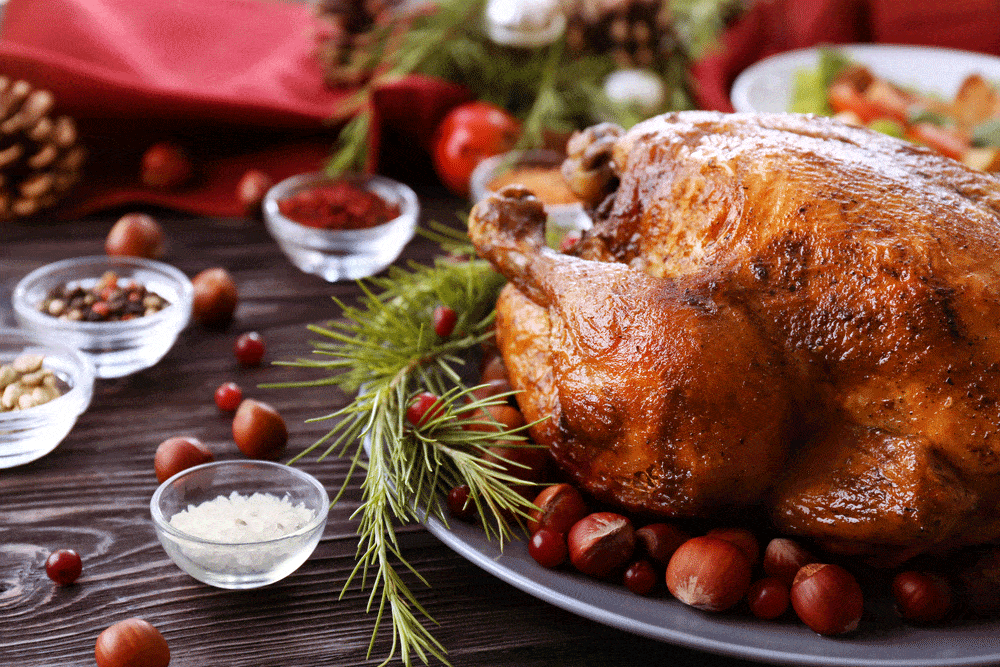Thanksgiving is often pictured as a feast where starched pilgrims and feathered Native Americans gathered at a grand table, sharing turkey and pumpkin pie beneath a giant cornucopia centerpiece. But let’s bust some myths—because history tells a far different tale. Here’s the truth behind one of America’s most beloved holidays, plus nine surprising facts you probably didn’t know.
1. Thanksgiving Wasn’t a Religious Holiday
Although “giving thanks” has a spiritual ring to it, the first Thanksgiving wasn’t tied to any religious practices. To include their Native American allies in the feast, the event had to steer clear of religious exclusivity. For the starving Pilgrims, survival—not theology—was the main blessing on their minds.
2. Thanksgiving Became a Holiday During the Civil War
Thanksgiving wasn’t officially a holiday until 1863, when Sarah Josepha Hale—best known for writing Mary Had a Little Lamb—convinced Abraham Lincoln to declare it one. After 17 years of petitioning, Hale’s persistence paid off, and Lincoln set the date as a way to unify a war-torn nation.
3. Turkey Wasn’t on the First Thanksgiving Menu
The iconic Thanksgiving turkey likely wasn’t served at the 1621 feast. Instead, the meal probably featured wild game like duck, goose, and pigeon, along with nuts, cranberries, corn, and pumpkin. Modern staples like mashed potatoes, stuffing, and gravy wouldn’t have been available.
4. Americans Feast on 4,500 Calories Each Thanksgiving
The average American consumes a whopping 4,500 calories on Thanksgiving Day—that’s enough to gain over a pound in a single meal. Gobble responsibly!
5. Native Americans Wore Weather-Appropriate Clothing
Forget the Hollywood image of loincloths and feathers. The Native Americans who attended the first Thanksgiving lived in chilly New England and would have been dressed in practical, weather-appropriate garments to stay warm.
6. Benjamin Franklin’s Favorite Bird Was the Turkey
Ben Franklin famously opposed the bald eagle as America’s national bird, deeming it a creature of “bad moral character.” He championed the turkey instead, calling it a “more respectable bird” and a “true native of America.”
7. Pilgrims Didn’t Wear Buckled Hats
The Pilgrims didn’t sport the iconic buckled hats we see in Thanksgiving imagery. Buckles didn’t become fashionable until the 18th century—over 100 years later.
8. The TV Dinner Was Born From a Thanksgiving Mishap
In 1953, Swanson overestimated how many turkeys it would sell for Thanksgiving, leaving 26 tons of leftovers. Instead of wasting them, the company created the first-ever TV dinners—proof that necessity really is the mother of invention.
9. Forks Were a Luxury
Forks were a rarity in 1621, reserved for European royalty. The Pilgrims and Native Americans at the first Thanksgiving likely ate with spoons, knives, or even their hands. Plates and tables weren’t guaranteed either!
Thanksgiving may not look exactly like the myths and stories we’ve been told, but its spirit of gratitude and togetherness endures. Whether you’re feasting on turkey, watching football, or simply savoring time with loved ones, it’s a day to reflect on the blessings we enjoy—like warm clothes, proper utensils, and the countless ways we’ve grown as a nation.


